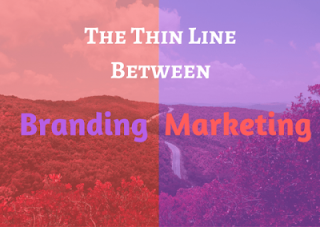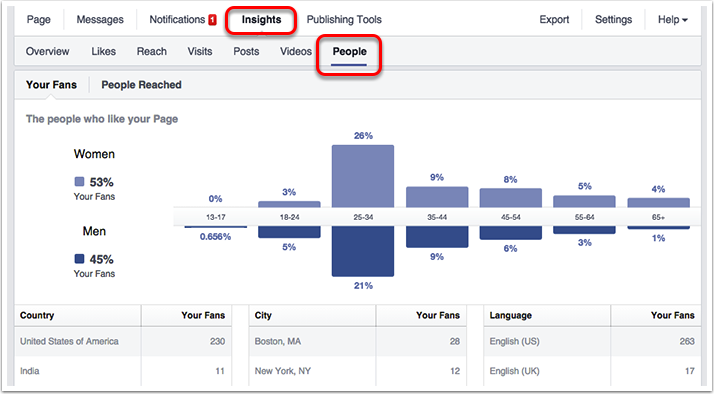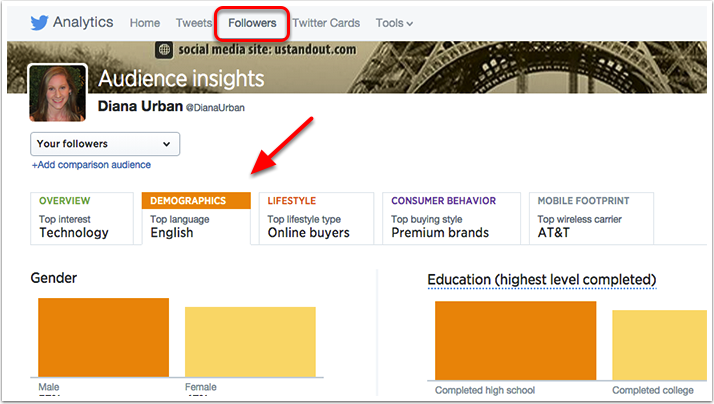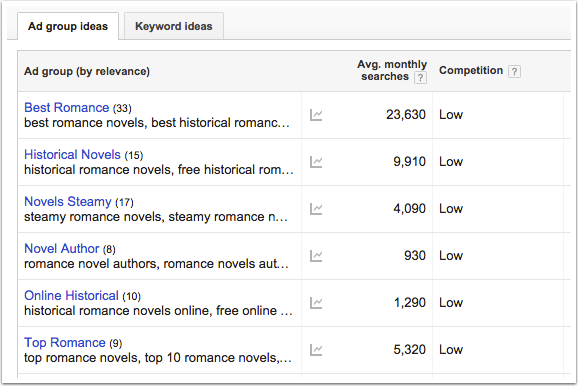Not too long ago, for those of us who were born in the last century, Apple was an afterthought.
Post-2000 the company rebranded itself in a revolutionary way. Despite the fact that they’re roughly on par with other computers and devices, they enjoy a reputation for being the best and command a premium price because of it. It’s not all due to the aesthetic design, either.
Even if you’re not a fan of their products, we all know someone who is almost slavishly loyal to the brand. They proclaim them the best at every turn, and word of mouth is a powerful force.
This leaves us asking ourselves: what exactly did they do to revamp their entire image in only a few short years?
The answer is simple: downright brilliant marketing.
I wholly endorse learning from the best, and when it comes to branding and advertisements they’re definitely up there. Learning this way means one thing: we have to ask ourselves questions about the success of the company involved.
After all, if you don’t know what’s been done it’s pretty hard to replicate.
So, without further ado, let’s take a look at the seven best lessons I think you can take from Apple’s marketing and talk about how to adapt them to your own business.
1. Think Carefully About the Need for Advertising
Apple actually runs pretty minimal advertising despite their increasing market share.
Think about it, apart from an ad once in a while most of the stuff you hear about their products comes from those who are fans of their products. Whether it’s reviews or the friend who can’t stop raving about his new iMac, they allow their products to speak for themselves.
There is also a lot of product placement done by the company, particularly in high-budget films and TV shows.
You can take the same approach with your business, provided that you’re supplying a high-quality product.
Now, it’s unlikely that you have the budget to have Tony Stark wielding your product in the next Avengers movie. Instead, you’ll want to scale this down to the basics.
What you can do is supply a high-quality product or service that speaks for itself. Try to get major influencers within your niche to utilize it.
If you’re providing a service, then a free trial is a great way to do it if your business model can allow it. Otherwise, you might want to collect and publish testimonials from those who are using your business to succeed. Publish them high and low. See if you can convince a few to do it of their own accord.
Case studies are also a bold move in the right direction. If you increased traffic by 200% with your SEO services, or your copywriting increased conversions by 75% or whatever else you may do, you can easily format a study to show why you should be picked over your competitors.
It’s easier said than done, but the less you have to spend on traditional advertising campaigns, the higher ROI you’re going to experience.
2. Don’t Engage in Price Wars
Apple avoids price wars. They cost more than any comparable product and still manage to sell tons of products.
Price wars are always a losing proposition. Ask a freelancer some time. Anyone who’s actually succeeding will have a bottom price and won’t take anything under it, no matter how you try to haggle with them.
When you engage in price wars, you always lose.
Instead you should do what Apple does: focus on telling your customers why you cost more than the competition… then prove it. Justify the cost and it’ll get paid.
While you still need to be wary of the competition, if they start dropping their prices make your own product or service better and don’t give in to the temptation to stoop to their level.
You can also offer different levels of service or different types of products in order to make sure that those buying from you have a wide variety of options. Keep your high ticket sales, but also offer some lower priced options.
But never, ever drop your prices en masse simply because your competitors are doing so.
3. KISS: Keep it Simple Stupid
If there’s one place that Apple really shines it’s in how easy their products are to use. There’s a reason that tech nerds prefer PC and Android products: they’re more customizable and versatile for the most part.
They’re also more prone to failure due to user error.
Even their advertising is relatively straightforward and simple. When was the last time you saw any of their copy directly advertising the technical specifications behind their product?
This reduces the potential customer’s apprehension about the product. The fact of the matter is that most tech users don’t actually care about the specifications behind a device as long as it does what they want to and has a user-friendly interface.
From the aesthetic on down, Apple really is a simple company.
Try taking the same approach with your own business and you’re sure to see some pretty impressive results. Overwhelming consumers with information is exactly what you don’t want to do.
Instead, wow them with the ability to make even the hardest-to-understand principles easy. Then show them what they need and gently guide them to making the right decision: your products.
If you take any of these lessons to heart, make it this one. It’s easy to apply no matter what industry you’re working in.
4. Emotional Marketing
Building on the last lesson, the way to really reach a consumer is through their heart.
When you see an Apple ad you don’t see a bunch of technical specs, you see people sitting around and enjoying their device. After all, who cares what the resolution is? Look at all those happy people enjoying their new iPad.
Forging an emotional connection with your customers is one of the best ways to get through to them. Most people aren’t exactly rational when it comes to choosing the things they buy. Instead they buy them based largely off of their emotions.
Forging ahead and making your potential customers laugh, smile, and perhaps feel just a touch of awe when they see your marketing is one of the most important ways you can connect with them.
And if you connect properly, they’re going to be a lot more likely to buy from you instead of a competitor.
5. Take Aim at Your Audience
Apple targets a specific part of the market and they do it extremely well.
What’s more, they know how to talk to them.
As I’ve pointed out, the average Apple user isn’t likely to be the type who’s wowed with the hardware. Instead they already want an Apple product and just need to figure out which one.
Their pages are covered in large pictures of the products and simple, easy-to-understand copy about the benefits. The specifications are there, of course, but to get to them you’ll first see what amounts to beautiful ads in an old glossy magazine.
They speak directly to their customers, in language they understand.
Being able to do this is one of the keystones of any type of marketing. This isn’t unique to Apple, but they do it better than almost anyone else.
It boils down to this: know your target audience and speak in their language.
6. Nurture a Sense of Community
Apple users tend to flock together. They talk about their products, they rave about them to those who aren’t part of the “cult”, and, above all, they’re loyal to the brand.
This also means that a large part of their content marketing is done by the end consumer instead of having to be produced by the company. There are countless “unboxing” videos online, arguments emerge on social media with users of other devices, and all of this serves to keep them constantly at the top of many people’s minds.
In short, they’re a community.
While it’s not possible with all products and services, if you see the potential to develop this kind of thing with your business you absolutely should. The more people are talking about what you’re selling, the higher your profile will be.
A higher profile means more things being sold.
Engage with your customers. Subtly encourage them to share your products with their friends, and also to share their experiences. If you can tap into it properly, you can form a loyal base of customers which will drive sales beyond your wildest expectations.
7. Become “the Brand”
Apple is the brand when it comes to computers. You’ll rarely hear of people rapidly loyal to Dell or HP or ASUS for their laptops after all. The latter three are pretty much interchangeable and bought on their technical specifications alone.
But Apple users… buy Apple products. Because they’re made by Apple.
Now, not every business is going to be able to take advantage of this powerful level of branding. If you’re running a start-up, however, and you have a truly novel idea you have the potential to do exactly that.




















